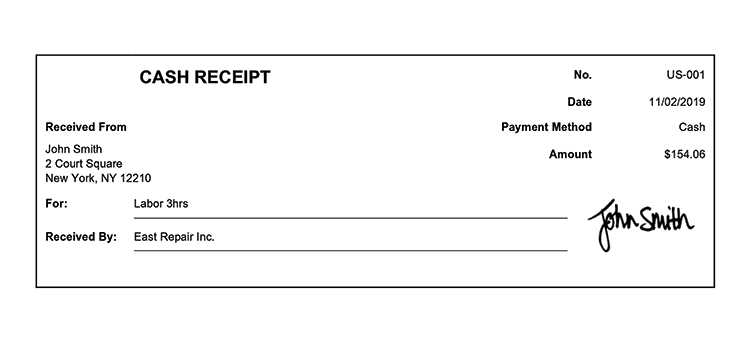
Use a clear and concise template to manage your accounts receivable receipts. A well-structured receipt helps ensure both parties are on the same page regarding the payment terms and amounts. This reduces confusion and provides a solid record for future reference. Keep the format simple, including key details like the date, payment amount, and method of payment.
Ensure that your template includes space for the payer’s details, such as name and contact information. This helps maintain organized records and simplifies follow-up communication. Include a unique receipt number to track each transaction individually. This also allows for easy identification in case of any future disputes or inquiries.
Finally, always include clear instructions for the payer on how to use the receipt. Whether it’s for their personal records or for processing purposes, ensure they understand what each section of the document signifies. This minimizes errors and ensures both parties are clear on the transaction details.
Accounts Receivable Receipt Template: A Practical Guide
A well-designed accounts receivable receipt template helps keep track of payments, ensuring transparency for both the business and the client. Create a simple and clear template that includes necessary details like the date of payment, the amount paid, the method of payment, and the outstanding balance. This approach ensures that all parties are on the same page and can refer to the document for future verification.
Key Elements of an Accounts Receivable Receipt
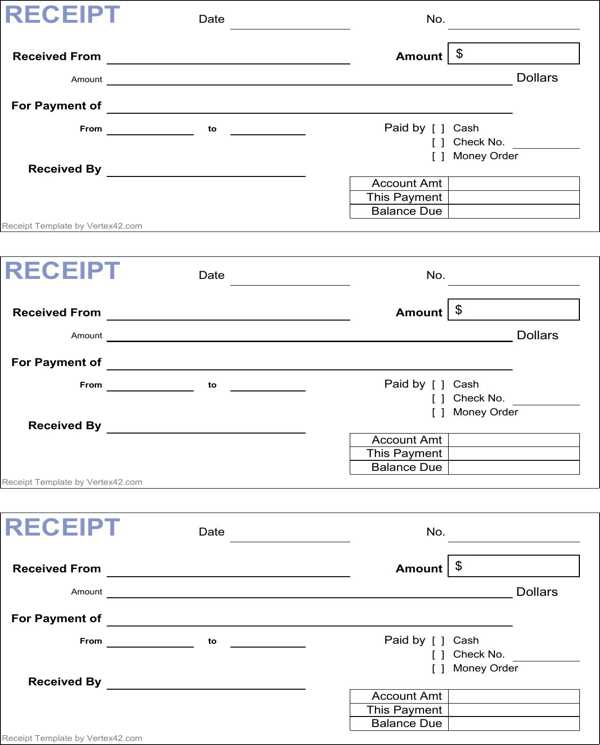
When designing your template, include these core details:
- Receipt Number: A unique identifier for each receipt.
- Date of Payment: When the payment was made.
- Amount Paid: The exact amount received.
- Payment Method: Cash, check, credit card, etc.
- Outstanding Balance: Remaining amount due, if applicable.
- Customer Information: Name, contact details, and address if needed.
- Invoice Number (Optional): Reference to the invoice being paid.
How to Use the Template
Fill in the details as soon as payment is received. Once the template is completed, send a copy to the customer for their records. This will help avoid confusion about payment status and ensure accurate bookkeeping. Regularly updating the template with new receipts guarantees that all payments are accounted for, simplifying financial reporting and audits.
How to Create a Clear and Concise Receipt Format
Focus on simplicity. A receipt should provide all necessary information without being cluttered. Avoid unnecessary elements and keep the layout straightforward.
Key Elements to Include
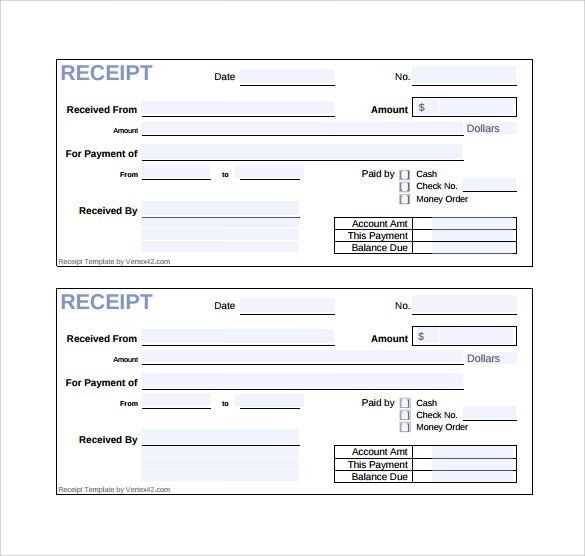
- Business Details: Name, address, and contact information of your business should be clearly stated.
- Receipt Number: Assign a unique identifier to each receipt for easy reference.
- Date of Transaction: Clearly mention the date the payment was made to avoid confusion.
- Items or Services: List each item or service purchased, along with the price, and any applicable taxes.
- Total Amount: Display the total amount paid at the end of the receipt.
- Payment Method: Indicate whether the payment was made by cash, credit card, or another method.
- Return Policy: Briefly mention the return policy or any applicable terms, if needed.
Formatting Tips
- Consistent Fonts: Use legible fonts with uniform sizes for easy reading.
- Alignment: Align text and numbers properly for clarity and to prevent confusion.
- Spacing: Maintain appropriate spacing between sections to make the receipt easy to follow.
Customization Options for Industry-Specific Receipts
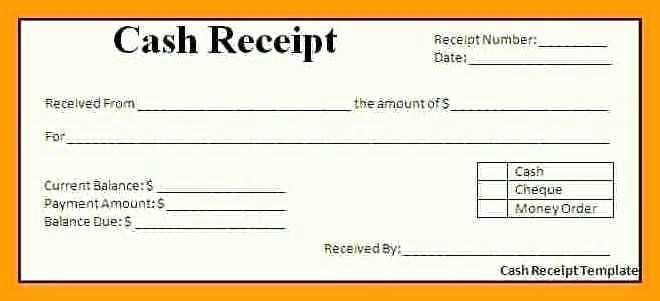
Tailoring receipts for specific industries allows businesses to align documents with their operational needs and customer expectations. Whether you’re in retail, construction, or healthcare, customization options can help present relevant details and improve the overall user experience.
Retail Industry
For retail, receipts typically include information like item names, quantities, and prices. Custom fields such as promotional discounts, loyalty points, or store-specific branding can make your receipts stand out. Add a section for customer feedback or a barcode for returns to enhance convenience.
Construction and Services
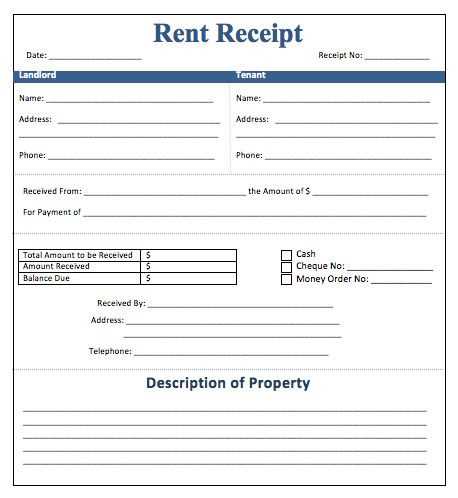
In construction, invoices often reflect detailed work descriptions, hourly rates, and material costs. Customize receipts to include project-specific references, labor hours, and payment milestones. Adding contract numbers and detailed tax breakdowns can help keep the process transparent and clear for all parties involved.
Each industry has its own requirements, and adjusting receipts to meet these needs can streamline operations and build stronger client relationships.
Tips for Integrating Receipts into Your Accounting System
Link your receipt process directly with your accounting software. Many platforms allow automatic uploads, reducing manual entry errors. Set up your system to fetch data from emails or cloud storage and sync it to your accounting records.
Use Consistent Formats for Receipts
Ensure all receipts follow a standard format, making it easier to categorize them accurately. Include key data like transaction date, amount, tax, and vendor name. Having a uniform format simplifies integration into your accounting system, enabling quick processing and reconciliation.
Automate Data Entry Where Possible

Leverage OCR (Optical Character Recognition) technology to scan receipts and auto-fill details. This minimizes human error, saves time, and ensures all receipt data flows seamlessly into your accounting software.


